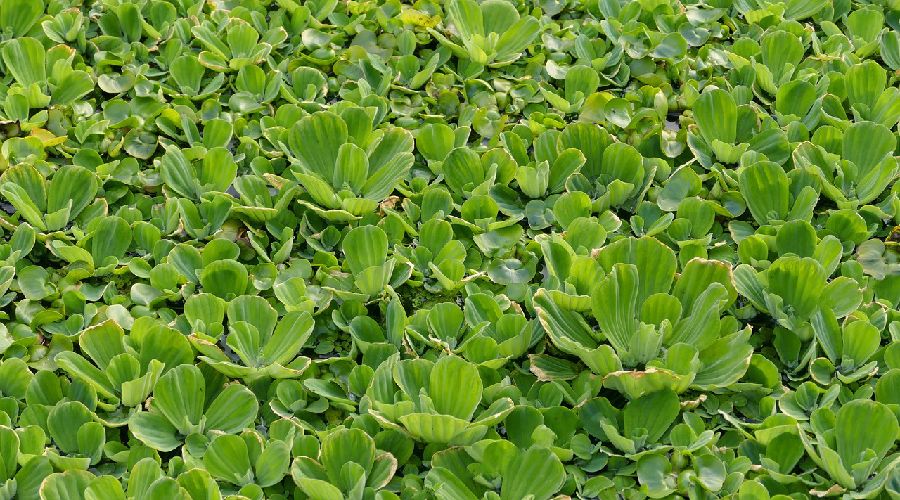


To bridge the gap between inanimate matter and a planetary-scale biosphere, five stages of evolution within the macrobiont are hypothesized: prebiotic chemistry → molecular replicator → protocell → macrobiont cell → colonizer cell. Foreshores, especially with mudcracks, are identified as a favorable component for the success of the macrobiont. Sensitivities include relative access to nutrients, energy sources, and catalysts, as sourced from geological, atmospheric, hydrospheric, and astronomical contributors. Pond size-sensitivities for several figures of merit are mathematically formulated, leading to the expectation that the optimum pond size for the OoL is intermediate, but biased toward smaller sizes. Within such ponds, there can be substantial heterogeneity, on the vertical, horizontal, and temporal scales, which enable multi-pot prebiotic chemical evolution. Guided by the methodologies of Systems Analysis, we focus on subaerial ponds of scale 3 to 300 m diameter. The macrobiont (MB) is the macro-scale setting where life originated. This cookie, set by YouTube, registers a unique ID to store data on what videos from YouTube the user has seen.Although the cellular microorganism is the fundamental unit of biology, the origin of life (OoL) itself is unlikely to have occurred in a microscale environment. YouTube sets this cookie to store the video preferences of the user using embedded YouTube video. YSC cookie is set by Youtube and is used to track the views of embedded videos on Youtube pages. The test_cookie is set by and is used to determine if the user's browser supports cookies.Ī cookie set by YouTube to measure bandwidth that determines whether the user gets the new or old player interface. Twitter sets this cookie to integrate and share features for social media and also store information about how the user uses the website, for tracking and targeting. This cookie is used for advertising, site analytics, and other operations. Google DoubleClick IDE cookies are used to store information about how the user uses the website to present them with relevant ads and according to the user profile.īing sets this cookie to recognize unique web browsers visiting Microsoft sites.

The cookie helps in reporting and personalization as well. The ANONCHK cookie, set by Bing, is used to store a user's session ID and also verify the clicks from ads on the Bing search engine. These cookies track visitors across websites and collect information to provide customized ads. YouTube sets this cookie via embedded youtube-videos and registers anonymous statistical data.Īdvertisement cookies are used to provide visitors with relevant ads and marketing campaigns. Some of the data that are collected include the number of visitors, their source, and the pages they visit anonymously. Installed by Google Analytics, _gid cookie stores information on how visitors use a website, while also creating an analytics report of the website's performance. Provided by Google Tag Manager to experiment advertisement efficiency of websites using their services. The cookie stores information anonymously and assigns a randomly generated number to recognize unique visitors. The _ga cookie, installed by Google Analytics, calculates visitor, session and campaign data and also keeps track of site usage for the site's analytics report. These cookies help provide information on metrics the number of visitors, bounce rate, traffic source, etc. Finally, Nitrate levels should be around 20-60ppm.Īnalytical cookies are used to understand how visitors interact with the website. Likewise, Nitrites should be kept as low as possible around 0.25ppm but ideally at zero. Remember, the higher your pH, the more toxic Ammonia becomes so it is best practice to keep the level low. Ideally at 0ppm but they can be okay at 0.5ppm if your pH level is neutral. However, if your fish already have Ammonia poisoning they will be weak and susceptible to the irreversible effects of Nitrates.Īmmonia levels should be kept as low as possible. Nitrites and Nitrates are not as dangerous. Ammonia can cause Ammonia poisoning that can lead to death. Ideally, you should be removing any Ammonia in your pond to avoid it damaging your fish or breaking down further. All three of these can be dangerous to your fish and should be monitored carefully. Nitrate is the final by-product of Ammonia. Nitrite is then broken down further, to its final state, Nitrate. The nitrifying bacteria that are fed by calcium carbonate then break down the ammonia and turn it into Nitrite. Ammonia is released into your pond when your fish excrete waste.


 0 kommentar(er)
0 kommentar(er)
